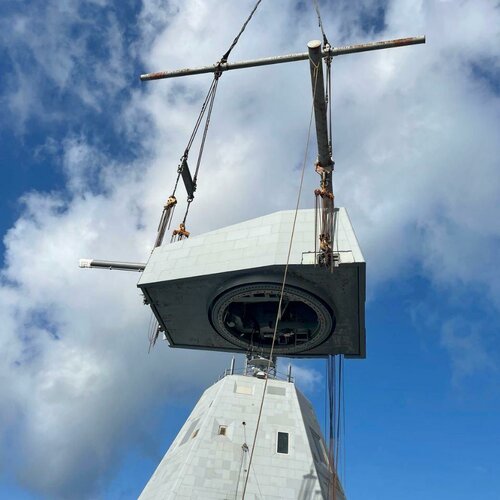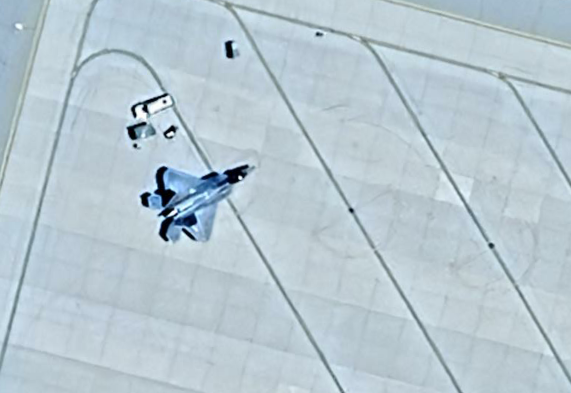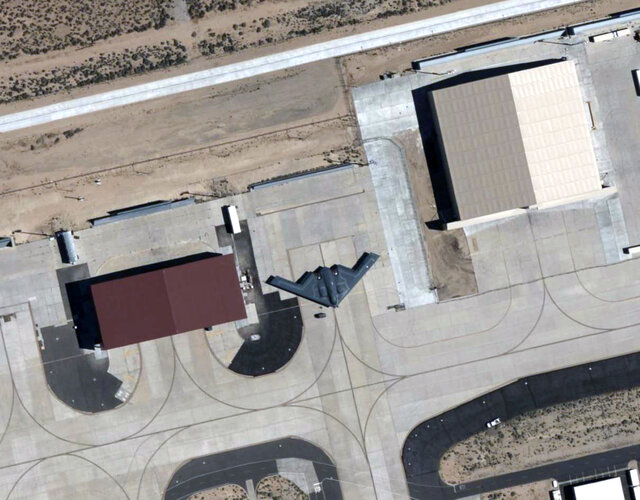Would launching missiles against a Zumwalt be harder?
In theory. In practice...enh.
Against certain classes of anti-ship cruise missile, like the Silkworm/Termit, and its associated radar complexes, it would be more difficult to acquire the Zumwalt firing from BLOS than a "conventional" ship like a Arleigh Burke, Ticonderoga, or Spruance firing WLOS of a shoreline. This was the whole purpose of the ship. The Swedish Visby has a similar capability for stealth, but of course was much sooner into service, and it wouldn't be able to fire BLOS if it wanted to (short of RBS-15 anyway).
These classes of older anti-ship missile are rapidly being replaced by guidance systems that the Zumwalt has little passive measures to protect against (infrared and radar combinations, mainly) and by targeting systems that make use of orbital spotting that the Zumwalt also has little capability to protect against. I suppose it could shoot down the satellites, at least at one point, perhaps.
Zumwalt was very much built with Operation Desert Storm in mind, with the expectation that radar guidance from shore and airborne surface search systems (maritime patrol bombers [Tu-142] and JSTARS analogues) would be the primary detection threat and probable guidance threat. This has been somewhat blown up by the huge expansion of small sat constellations, like the Finnish ICEYE, and eventual deployment of orbital hyper-spectral imaging systems which will see a Zumwalt just as easily as a Burke or a Visby.
It will still make better use of SRBOC and Nulka than a Burke, I guess, but that's about it. Radar detection of wakes won't care. Neither will your typical hyperspectral imaging which will just discern the compositions of the paint of the Zumwalt class for each individual warship or
more esoteric forms of imaging reconnaissance that make even clouds unsafe.
It has a massive powerplant though, so in theory it can use futuristic defense systems like lasers, if those ever work or whatever. It being gigantic also means it represents the present upper limit of a future destroyer class, like if the U.S. ever decides to build the equivalent of a Sejong the Great or Maya but even bigger.
At the end of the day, it's a ship that came about 20 years too late to be relevant, and without its guns or big radar, it's also kinda useless. The Lockheed DDX was probably smarter if only because it was more conventional in design.
I don't really see the benefit over the compromise here...
Neither did the U.S. Navy.
And now with those tubes, and in-compatibility with Aegis system, the Zumwalt is slowing turning to Arsenal Ship
The hard part will be filling those cells, though. The USN has a strong need for missiles not magazine depth.





